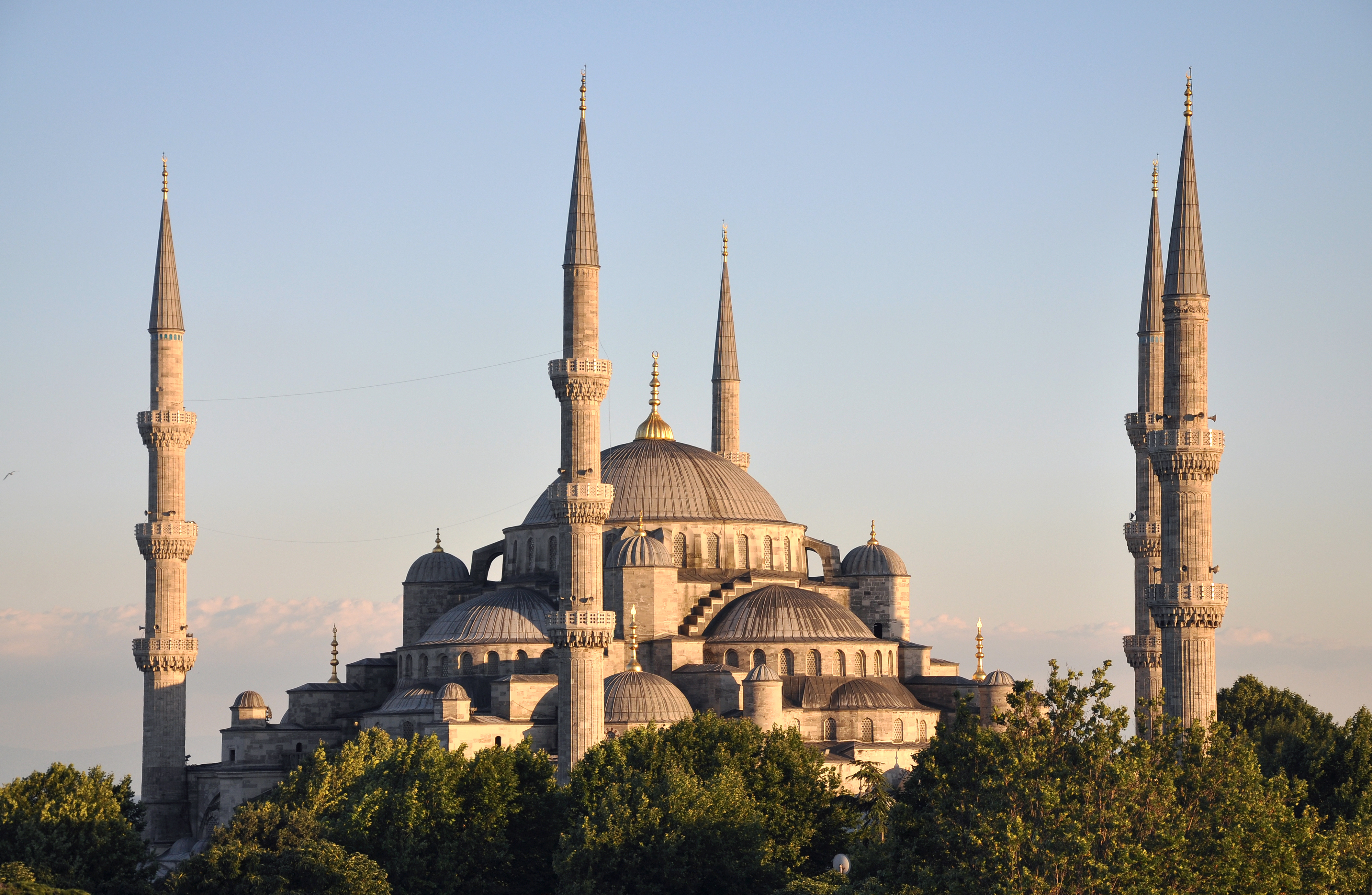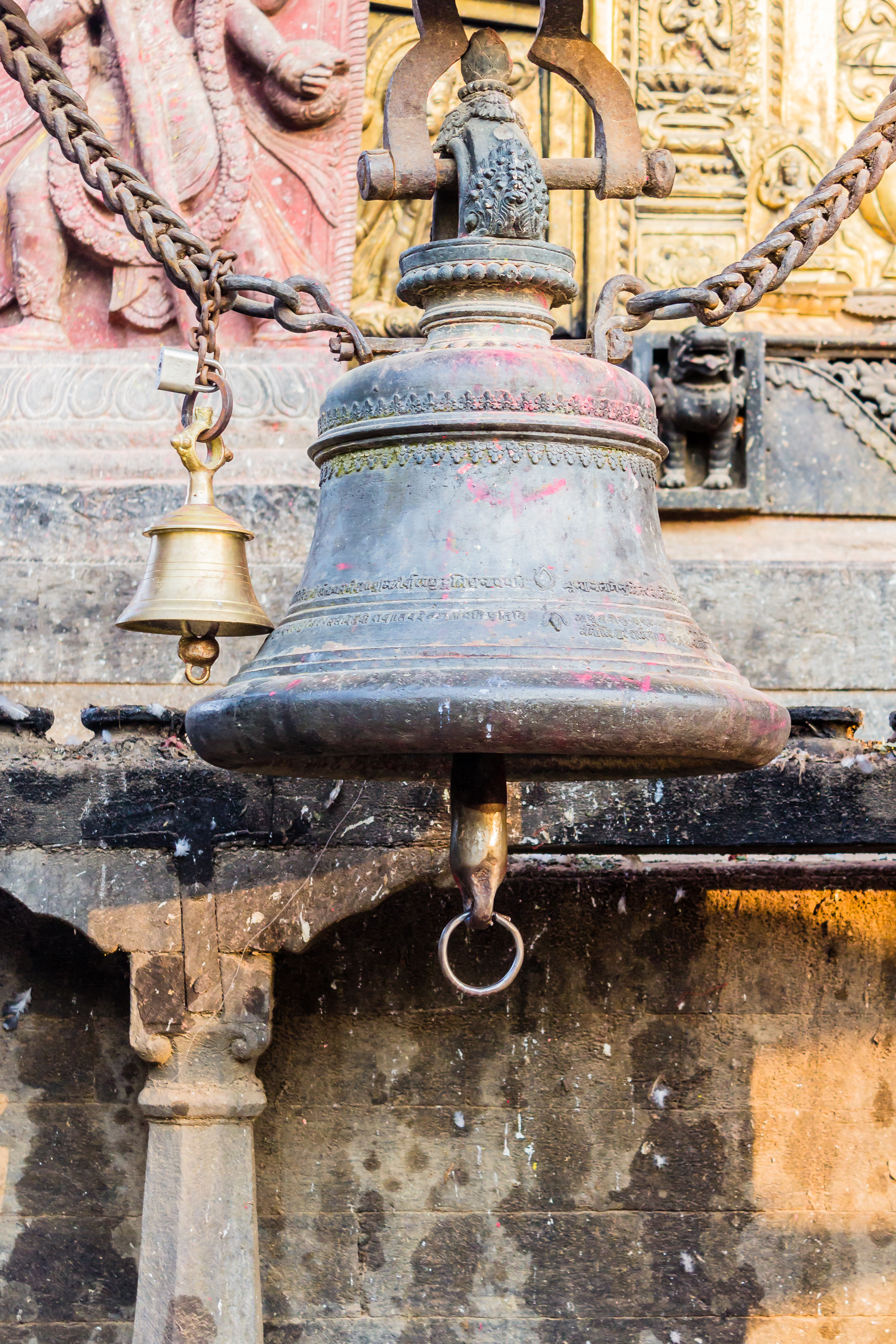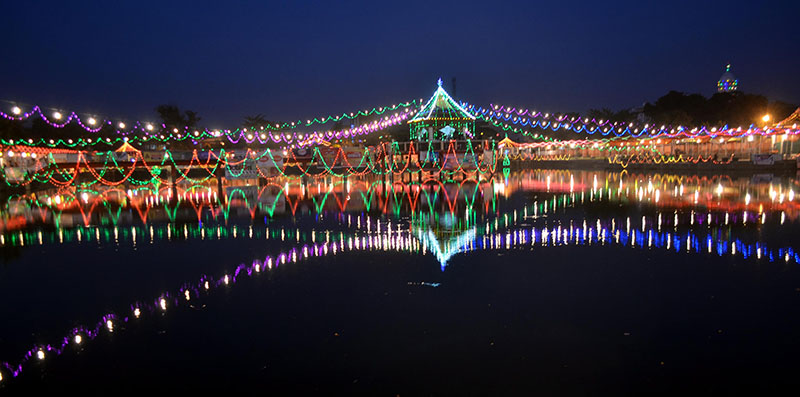|
List Of Mosques In Nepal
This is a list of mosques in Nepal. {, class=wikitable style="text-align:center" ! align=left width=200px, Name ! align=center width=170px class=unsortable, Images ! align=left width=100px, Location ! align=left width=050px, Year/century !align=left width=250px class=unsortable, Remarks ! align=left width=050px, References , - , Jama Masjid Rahmaniya , , Bhairahawa , 1950 , One of the oldest mosques in Nepal , , - , Pancha Kashmiri Takiya Masjid , , Kathmandu , 15th century , , , - , Jama Mosque , , Nepalgunj , , , , - , Shahbaba Mosque , , Nepalgunj , , , , - , Namaj Mosque , , Nepalgunj , , , , - , Gausiya Jyaul Mosque , , Nepalgunj , , , , - , Ekminari Mosque , , Nepalgunj , , , , - , Fulbari Mosque , , Nepalgunj , , , , - , Shreepur Mosque , , Birgunj , , Al jamiyatul Gossia Jame Masjid Biratnagar , Sarouchiya Masjid Biratnagar , - , Parsa Jamah Masjid , , Parsa bazar Ward no. 1 See also * Islam ... [...More Info...] [...Related Items...] OR: [Wikipedia] [Google] [Baidu] |
Mosque
A mosque (; from ar, مَسْجِد, masjid, ; literally "place of ritual prostration"), also called masjid, is a Place of worship, place of prayer for Muslims. Mosques are usually covered buildings, but can be any place where prayers (sujud) are performed, including outdoor courtyards. The first mosques were simple places of prayer for Muslims, and may have been open spaces rather than buildings. In the first stage of Islamic architecture, 650-750 CE, early mosques comprised open and closed covered spaces enclosed by walls, often with minarets from which Adhan, calls to prayer were issued. Mosque buildings typically contain an ornamental niche (''mihrab'') set into the wall that indicates the direction of Mecca (''qiblah''), Wudu, ablution facilities. The pulpit (''minbar''), from which the Friday (jumu'ah) sermon (''khutba'') is delivered, was in earlier times characteristic of the central city mosque, but has since become common in smaller mosques. Mosques typically have Isl ... [...More Info...] [...Related Items...] OR: [Wikipedia] [Google] [Baidu] |
Nepal
Nepal (; ne, नेपाल ), formerly the Federal Democratic Republic of Nepal ( ne, सङ्घीय लोकतान्त्रिक गणतन्त्र नेपाल ), is a landlocked country in South Asia. It is mainly situated in the Himalayas, but also includes parts of the Indo-Gangetic Plain, bordering the Tibet Autonomous Region of China to the north, and India in the south, east, and west, while it is narrowly separated from Bangladesh by the Siliguri Corridor, and from Bhutan by the Indian state of Sikkim. Nepal has a diverse geography, including fertile plains, subalpine forested hills, and eight of the world's ten tallest mountains, including Mount Everest, the highest point on Earth. Nepal is a multi-ethnic, multi-lingual, multi-religious and multi-cultural state, with Nepali as the official language. Kathmandu is the nation's capital and the largest city. The name "Nepal" is first recorded in texts from the Vedic period of the ... [...More Info...] [...Related Items...] OR: [Wikipedia] [Google] [Baidu] |
Jama Masjid Rahmaniya, Bhairahawa (Nepal)
The Jama Masjid Rahmaniya is the oldest mosque in Rupandehi, Bhairahawa, Nepal. Completed in 1950 AD (2007 BS). It is built in a traditional Islamic style, with a large central dome and four minarets, and is adorned with intricate designs and calligraphy on the interior. As the largest mosque in Rupandehi District, the Jama Masjid Rahmaniya serves as a place of worship and community gathering for the local Muslim community. See also *List of mosques in Nepal This is a list of mosques in Nepal. {, class=wikitable style="text-align:center" ! align=left width=200px, Name ! align=center width=170px class=unsortable, Images ! align=left width=100px, Location ! align=left width=050px, Year/century !align= ... References {{Mosques in Nepal Barelvi mosques Mosques in Nepal 1950 establishments in Nepal ... [...More Info...] [...Related Items...] OR: [Wikipedia] [Google] [Baidu] |
Jama Masjid Rahmaniya
''The Journal of the American Medical Association'' (''JAMA'') is a peer-reviewed medical journal published 48 times a year by the American Medical Association. It publishes original research, reviews, and editorials covering all aspects of biomedicine. The journal was established in 1883 with Nathan Smith Davis as the founding editor. Kirsten Bibbins-Domingo of the University of California San Francisco became the journal editor-in-chief on July 1, 2022, succeeding Howard Bauchner of Boston University. History The journal was established in 1883 by the American Medical Association and superseded the ''Transactions of the American Medical Association''. ''Councilor's Bulletin'' was renamed the ''Bulletin of the American Medical Association'', which later was absorbed by the ''Journal of the American Medical Association''. In 1960, the journal obtained its current title, ''JAMA: The Journal of the American Medical Association''. The journal is commonly referred to as ''JAMA''. ... [...More Info...] [...Related Items...] OR: [Wikipedia] [Google] [Baidu] |
Bhairahawa
Siddharthanagar ( ne, सिद्धार्थनगर), formerly and colloquially still called Bhairahawa ( ne, भैरहवा), is a municipality and the administrative headquarter of Rupandehi District in Lumbini Province of Nepal, west of Nepal's capital Kathmandu. It is the closest city to Lumbini, the birthplace of Gautama Buddha, which is located to the west. The city borders the Indian city of Sonauli in Maharajganj district of Uttar Pradesh. Although the current name was first used in 1977, many still refer to it as Bhairahawa. History and etymology The city was founded as ''Bhairahawa'' in 1967. The city's current name ''Siddharthanagar'' derives from Buddha's given name ''Siddhartha'', as the birthplace of Buddha is located only to the west. The name was changed to Siddhartanagar in 1977 by poet Komal Dutta Tiwari. Climate The highest temperature ever recorded in Siddharthanagar was on 7 June 1998, while the lowest temperature ever recorded was on 20 ... [...More Info...] [...Related Items...] OR: [Wikipedia] [Google] [Baidu] |
Pancha Kashmiri Takiya Masjid
The Pancha Kashmiri Takiya Masjid commonly known as the Kashmiri Masjid, build in 15th century AD, is one of the oldest mosques of Nepal. Muslims from Kashmir entered Nepal for trade during the time of king Ratna Malla and the mosque was built in the time of king Pratap Malla. The mosque has undergone multiple renovations. More Kashmiri people came to Kathmandu due to violence in Kashmir. The current mosque was built in the times of king Prithvi Narayan Shah after the Muslims helped him to spy on Malla rulers. The mosque has three complexes viz. a prayer hall, an annexe and a madrasah. The tombs of Haji Mishkin Shah and Khwaja Gyasuddin Shah are inside the premises. See also *List of mosques in Nepal This is a list of mosques in Nepal. {, class=wikitable style="text-align:center" ! align=left width=200px, Name ! align=center width=170px class=unsortable, Images ! align=left width=100px, Location ! align=left width=050px, Year/century !align= ... References Barelvi mo ... [...More Info...] [...Related Items...] OR: [Wikipedia] [Google] [Baidu] |
Ghanta Ghar And Nepali Jame Masjid -IMG4170
Ghanta (Sanskrit: घण्टा, IAST: ghaṇṭā; Tibetan: drilbu) is the Sanskrit term for a ritual bell used in Hinduistic religious practices. The ringing of the bell produces what is regarded as an auspicious sound. Hindu temples generally have one metal bell hanging at the entrance and devotees ring the bell while entering the temple which is an essential part in preparation of having a darshan. A bell is also rung by poojari during Pūjā or Yajna – during the waving of light, burning of incense in front of the deity, while bathing the deity and while offering food or flowers. There are bells specially made to produce the long strains of the sound Aum. Description The bell is made out of five to seven precious metals, which are connected to the planets: lead (Saturn), tin (Jupiter), iron (Mars), copper (Venus), mercury (Mercury), silver (the Moon) and gold (the Sun). A clapper is attached to the inside and the bell makes a high pitched sound when rung. The top ... [...More Info...] [...Related Items...] OR: [Wikipedia] [Google] [Baidu] |
Kathmandu
, pushpin_map = Nepal Bagmati Province#Nepal#Asia , coordinates = , subdivision_type = Country , subdivision_name = , subdivision_type1 = Provinces of Nepal, Province , subdivision_name1 = Bagmati Province , subdivision_type2 = List of districts of Nepal, District , subdivision_name2 = Kathmandu District, Kathmandu , established_title = , founder = Manjushri , parts_type = No. of Ward (electoral subdivision), Wards , parts = 32 , seat_type = , seat = , government_footnotes = , government_type = Mayor–council government , governing_body = Kathmandu Metropolitan Government, , leader_title = Mayor of Kathmandu, Mayor , leader_name = Balendra Shah (Independent politician, Ind.) , leader_title1 = Deputy mayor , leader_name1 = Su ... [...More Info...] [...Related Items...] OR: [Wikipedia] [Google] [Baidu] |
Nepalgunj
Nepalgunj (), also spelled Nepalganj, is a Sub-Metropolitan City in Banke District, Nepal. It lies on the Terai plains near the southern border with Bahraich district in Uttar Pradesh, India. Nepalgunj is 153 kilometers south-west of Ghorahi and 16 km south of Kohalpur. Former Village Development Committee: Udayapur, Bhawaniyapur, Piprahawa, Jaispur, Paraspur, Indrapur, Khaskarkado, Bashudevpur, Manikapur and Puraina were added to territory in order to make it Sub metropolitan city on 2071 Paush 28 and later Puraini was also added in list on 2072 Paush 21. Further, while restructuring of local levels nationwide, ward no. 23 (former Indrapur VDC) was taken out to Janaki Rural Municipality and ward no. 7 of Hirminiya VDC was added to Nepalgunj. Demographics The 2011 census counted 73,779 inhabitants with 20% growth since 2001. Currently it is estimated around 1,60,000 inhabitants in Nepalgunj city. Culture and religion Nepalgunj has a diverse culture with peop ... [...More Info...] [...Related Items...] OR: [Wikipedia] [Google] [Baidu] |
Shreepur Mosque
{{geodis ...
Shreepur may refer to: *Shreepur, Mahottari, in the Janakpur Zone of south-eastern Nepal *Shreepur, Sarlahi, in the Janakpur Zone of south-eastern Nepal * Shreepur, Maharashtra in Malshiras Taluka in India See also * Sripur (other) Sripur may refer to: * Sripur, Sylhet Division, Bangladesh * Sripur, Mahottari, Nepal * Sripur, Seti, Nepal * Sripur, Jaynagar * Srīpur (crater), impact crater on Mars * Sripur Area, operational area in Eastern Coalfields Limited in West Bengal, ... [...More Info...] [...Related Items...] OR: [Wikipedia] [Google] [Baidu] |
Birgunj
Birgunj ( ne, वीरगञ्ज) is a metropolitan city in Parsa District in Madhesh Province of southern Nepal. It lies south of the capital Kathmandu, attached in the north to Raxaul in the border of the Indian state of Bihar. As an entry point to Nepal from Patna, Birgunj is known as the "Gateway of Nepal". It is also called "Commercial capital of Nepal". The town has significant economic importance for Nepal as most of the trade with India is via Birgunj and the Indian town of Raxaul. Tribhuvan Highway links Birgunj to Nepal's capital, Kathmandu. Birgunj was one of the first three municipalities formed during the rule of Prime Minister Mohan Shumsher Jang Bahadur Rana. It was declared a Metropolitan City on 22 May 2017 along with Biratnagar and Pokhara. Birgunj is one of the largest city in Nepal and largest in Madhesh Province. Birgunj is the fifth most populated metropolis of the nation. Etymology Birgunj was established as a conglomerate of several villages in ... [...More Info...] [...Related Items...] OR: [Wikipedia] [Google] [Baidu] |
Biratnagar
Biratnagar () is a metropolitan city in Nepal, which serves as the capital of Province No. 1. With a population of 242,548 as per the 2011 census, it is the largest city in the province and also the headquarters of Morang district. As per the preliminary report of 2021 Nepal census, Biratnagar has an estimated city population of 244,750. It is one of the cities of the ''Greater Birat Development Area'' which incorporates the cities of Biratnagar- Itahari-Gothgau- Biratchowk- Dharan primarily located on the Koshi Highway in Eastern Nepal, with an estimated total urban agglomerated population of 804,300 people living in 159,332 households. Biratnagar is located east of the capital, Kathmandu, and north of the bordering town of Jogbani in the Indian state of Bihar. Biratnagar was declared a metropolitan city on 22 May 2017, a merger with additional wards pushing the total population to over 240,000. It is the sixth most populous city of Nepal after Kathmandu, Pokhara, Bha ... [...More Info...] [...Related Items...] OR: [Wikipedia] [Google] [Baidu] |







